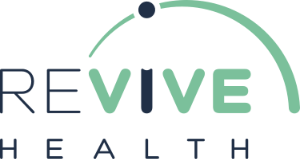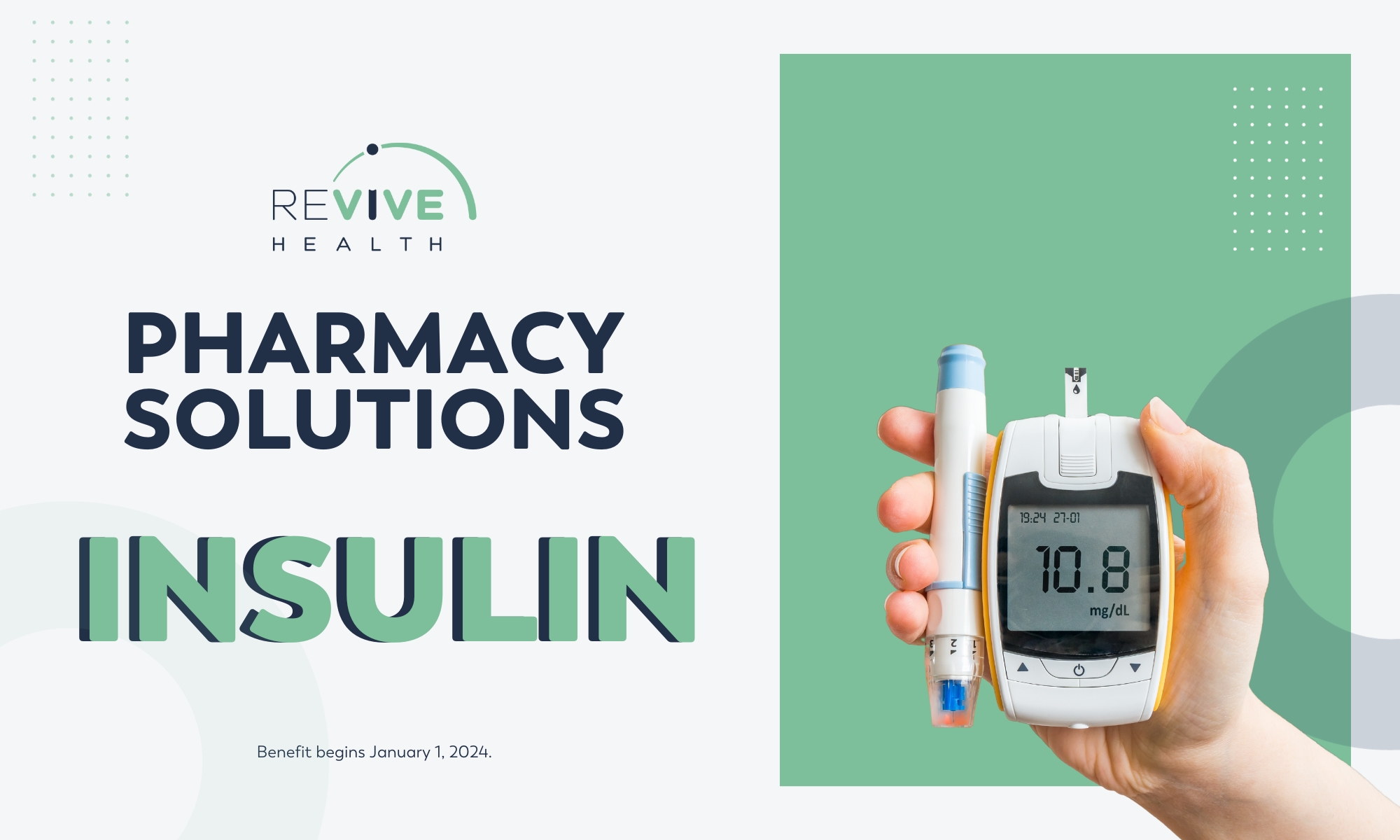I have worked in the healthcare industry for roughly 30 years, having served in various senior leadership roles for two of the major national healthcare carriers across just about every state in our country. I have seen the comprehensive nature of healthcare coverage deteriorate so much in those 30 years, and the value is not what it once was. When I first started selling health insurance plans in the Philadelphia area in 1993, plans offered $5 copayments for patients to see a doctor, deductibles were $250 and it took roughly 2-7 days to get any type of doctor appointment. The good old days…
Fast forward to today: the average national deductible is nearly $2,000 per person, copays have been replaced with the restriction of first meeting a deductible, waiting periods for an appointment average two to three months for a primary care doctor, three months for a mental health therapist and six to seven months for specialists like dermatology or psychiatry. In addition, the cost for most professional medical services are five times higher than in the past, and the amount of time doctors spend with patients has been cut in half. The experience feels extremely transactional and leaves many patients wondering if they are just a cog in the system. It sure feels that way.
Recently, I quit the fee-for-service system of primary care, which still accounts for 80%+ care delivered in our country and has been proven to be completely broken, yet difficult for providers to move away from. After my first experience with a DPC (Direct Primary Care) doctor, I will never go back to the traditional system.
I joined a DPC practice and pay $75 per month for a white glove service, and it only took three days to obtain an appointment. My new DPC doctor spent 45 minutes with me, asking all types of questions, including questions about my career and family as well as my health. Imagine that! She wanted to know about all aspects of my life, not just what prescriptions I took or when my last labs were taken.
The things I experienced that set this service apart, compared to traditional FFS primary care, were:
- No need to show an insurance card at the front desk or make a payment, alleviating the transactional feeling that cheapens the experience of a doctor visit.
- There was no waiting room, and no need for one, because no one was waiting! A 2:00 appointment means that you are seen at 2:00, not 2:15 or 2:45. Actually 2:00.
- The doctor was respectful of my time and the cost of me being away from work but at the same time, she was very thorough, and I never felt rushed.
- The doctor had a smaller patient base of only 600 patients, not 2,500 patients to manage, so there was more time to provide individualized care.
- I was given the option to take my next appointment as either a zoom call or to come in-person.
- The doctor provided me with her cell phone number in case I needed her after-hours. No nurse line or automated phone system to navigate. I could call her directly. Imagine that!
- There were no claims to file, no deductibles to meet, no co-payments to provide and no complicated EOB’s from the insurance company to navigate.
So, the question is, why would I ever go back to FFS primary care? I wouldn’t, of course. This type of care is the closest thing to the way everyday healthcare coverage and treatment used to be. I loved the experience and did not miss all the friction points that exist in the current system and that are stated earlier in this article.
I understand that every person in the country may not have the resources to pay $75 per month, but my hope is that this will bring incremental changes in the future of health care. There is no question that when a doctor is not rushed and takes their time with you, the care is exponentially better, and the costs are lower. From a provider perspective, primary doctors of today are burdened with a non-stop revolving door of seeing 25 patients a day. This is burning physicians out and is not sustainable.
Fortunately, there are companies like mine, ReviveHealth, that are bringing Direct Primary Care to employers at a price that is much lower than the $75 per month that I pay individually. When employers offer this service to their employees, it will no doubt reduce turnover, improve employee satisfaction and overall health, and reduce claim spend through more complete medical care.
It is a monumental task to overhaul the entire system and bring back comprehensive end-to-end coverage like it used to be, without the gaps and friction points. However, with the Direct Primary Care model, a solution is possible for everyday care.
Jeff Bernhard, CEO





